The banana-growing greenhouse at the Icelandic Horticultural College might be what the educational institution is most famous for, but there’s a lot more happening at the campus in Hveragerdi, about 40 kilometers southeast of Reykjavik. As the country is looking to be more self-sufficient foodwise, research is being done into growing under LEDs and with optimum CO2 use. During the Fresh Publishers company trip, Guðríður Helgadóttir (Gudridur Helgadottir) showed the HortiDaily team and their colleagues around.


The tomato, cucumber, and pepper plants are still growing in the research greenhouse of the Icelandic Horticultural College, but Gudridur reveals that the students have already left for the summer. The group of students at the facility is a remarkable one. Whereas Icelandic teenagers tend to not be too fond of horticulture, possibly because of mandatory gardening work conducted in the harsh Icelandic climate, the institution sees a growing level of interest among older people. “Most students are approximately 30, although we have them from 20 up to 60 and even 70,” she shares. “Many are doing this as a second study. We have former lawyers, computer analysts, and even former congress members, plumbers, and more. Global warming and the importance of local food production encourages people to get into our field.”
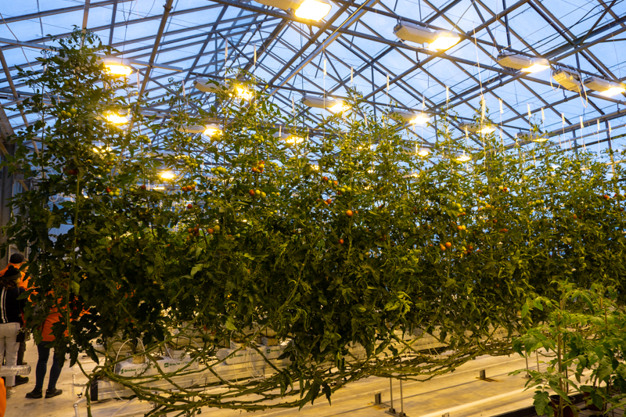
Currently, Iceland is self-sufficient in cucumbers and even exports a bit to Denmark, the Faroe Islands, and Greenland. The tomato self-sufficiency level has decreased from 70 percent to 55-60, as growers deal with viruses and opt for smaller tomatoes to meet the market demand. Since bell peppers tend to be difficult to grow throughout the winter, the sufficiency level is 20-30 percent.
For lettuce and herbs, the acreage is growing. New crops include strawberries and even a wasabi facility. “With our outdoor potato crops and other root crops, we can be self-sufficient in about a year, but this year, growers have dealt with cold, storms, and low temperatures, which have badly affected the outdoor crops.”
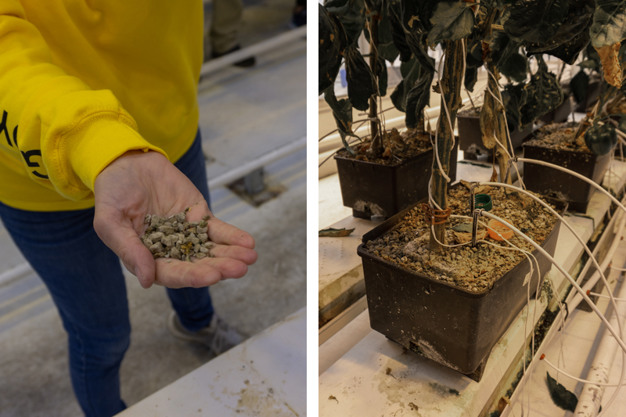
Growing in Iceland means growing under these circumstances. Even if your crops are protected by a greenhouse, growers still have to deal with high light levels in the summer and short days in winter, combined with temperature fluctuation, snow, and storms. “Due to global warming, we struggle with the intense weather,” Gudridur says. “The highest cost factor for growers is electricity since we need to light our crops from October until the end of March, and even in summer on overcast days. So while heating costs are low because we can use geothermal heat, and energy costs are not as high as in Europe, this is still a major factor.” Most growers here use hybrid installations as they can use the heat of the HPS lamps in the colder months.
She adds that they also look into light spectra used in crops. “Our researchers have complained about headaches after working for 40 or 50 minutes under LED lighting, and we need to see how to improve the working conditions. We don’t know if it has long-term effects, but we should be careful in exposing our workers to untested conditions. After all, who wants to give up their eyes for the sake of research? That should be avoided at all costs.” Also, labor costs and the cost of CO2 are a concern. “We have to compete with the beer and soft drink factories for the locally produced CO2, so one research area is how to use CO2 in the most efficient way.”
Also, IPM is an important topic, both at the facility and in Icelandic horticulture. “We teach our students all about IPM, which is also why the greenhouse is open. They learn how to deal with outbreaks without spraying. Thanks to Iceland being remote, we have fewer pests and diseases than other countries.” Last but not least, substrate trials are conducted with volcanic pumice, an Icelandic material that resembles perlite a bit but originates from the volcano Hekla.

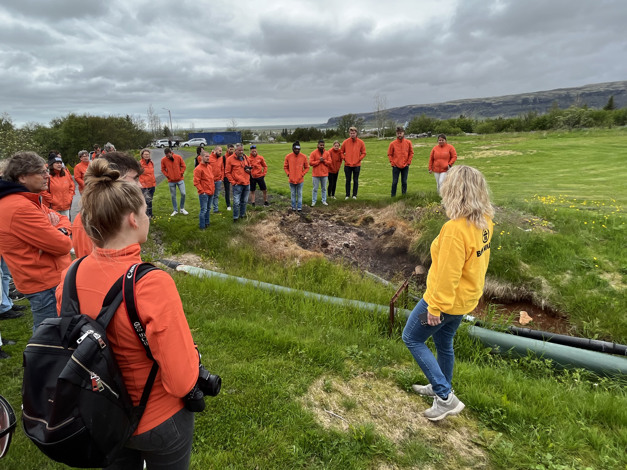
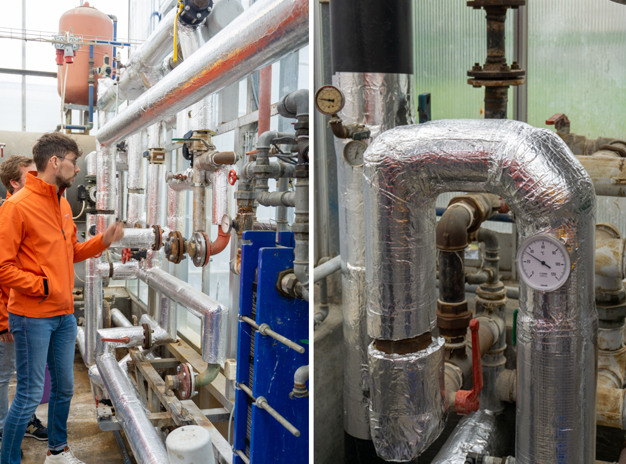
The enthusiasm for horticulture might be growing in Iceland, but the Horticultural College has struggled to keep up with the costs. This is partly because of a shift in governmental funding and partly because of other factors. Damage to the facility after an earthquake in 2008, the economic breakdown of Iceland, and a volcanic eruption all play a role as to why renovating the facility has taken longer than expected.
The campus is heated with 110-130 degrees Celcius steam from hot wells, and part of the facility is equipped with a heat exchange installation, but the steam flows directly into the pipes of another part of the facility. The mineral-rich water damages and clogs the pipes, and sometimes pressurized air is needed to get the steam going again. “Keeping our greenhouses at a constant temperature can be a struggle,” Gudridur says. “In our banana house, we aim to keep the temperature above 20 degrees Celsius, but the geothermal energy fluctuates, and so does the temperature and pressure. It’s like a moody teenager.”

So what about those bananas? Well, that’s a pretty cool story too. Ever since the 1950s, they have been grown on the campus, but bananas were one of the crops that growers tried out to find out which varieties work best in their greenhouses. The growers soon found out that bananas were not as suitable as the annual crops like tomatoes and cucumbers, so the plants were given to the Horticultural College and have been in the banana house for about 70 years now. In addition to being a practice facility for the students, it also grew to be an attraction for many others, including local schools. The greenhouse contains other interesting tropical plants, both perennials and foods such as figs, coffee, and citrus, and recently the first cocoa fruit was found after 11 years of growing. If they manage to grow vanilla as well, which is high on their list, an Icelandic ice coffee or an Icelandic banana split could be on the menu for the 100th anniversary of professional greenhouse production, which will take place next year.
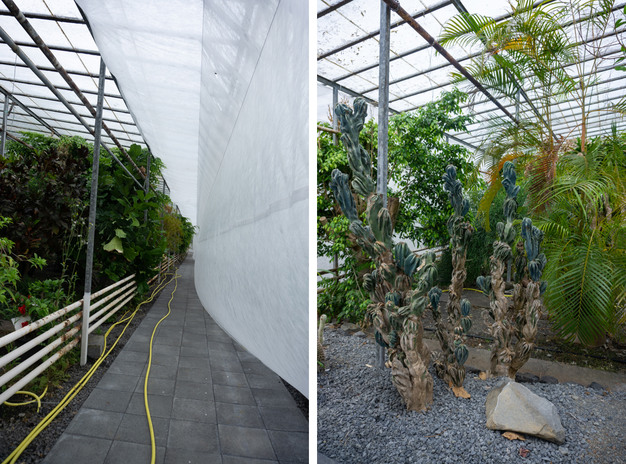
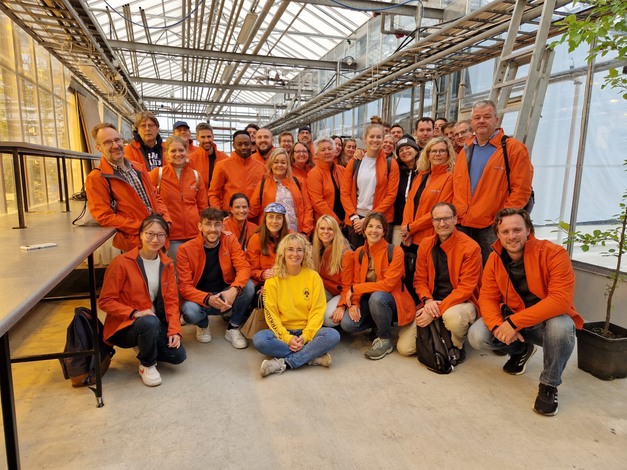
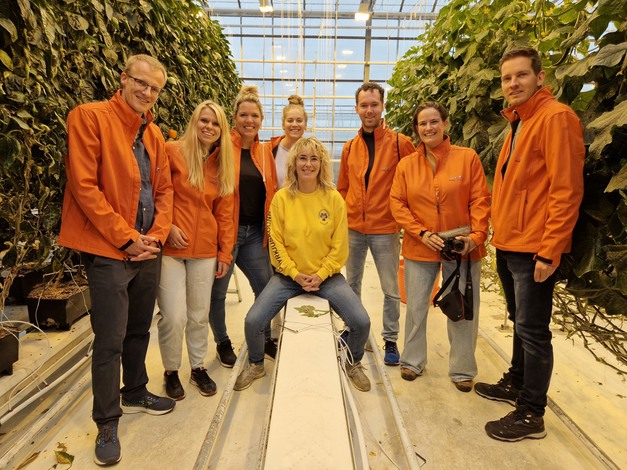
For more information:
Gudridur Helgadottir
University of Iceland
Tel.:+354 433 5000
Email: gurryhelgadottir@gmail.com
